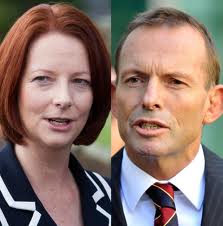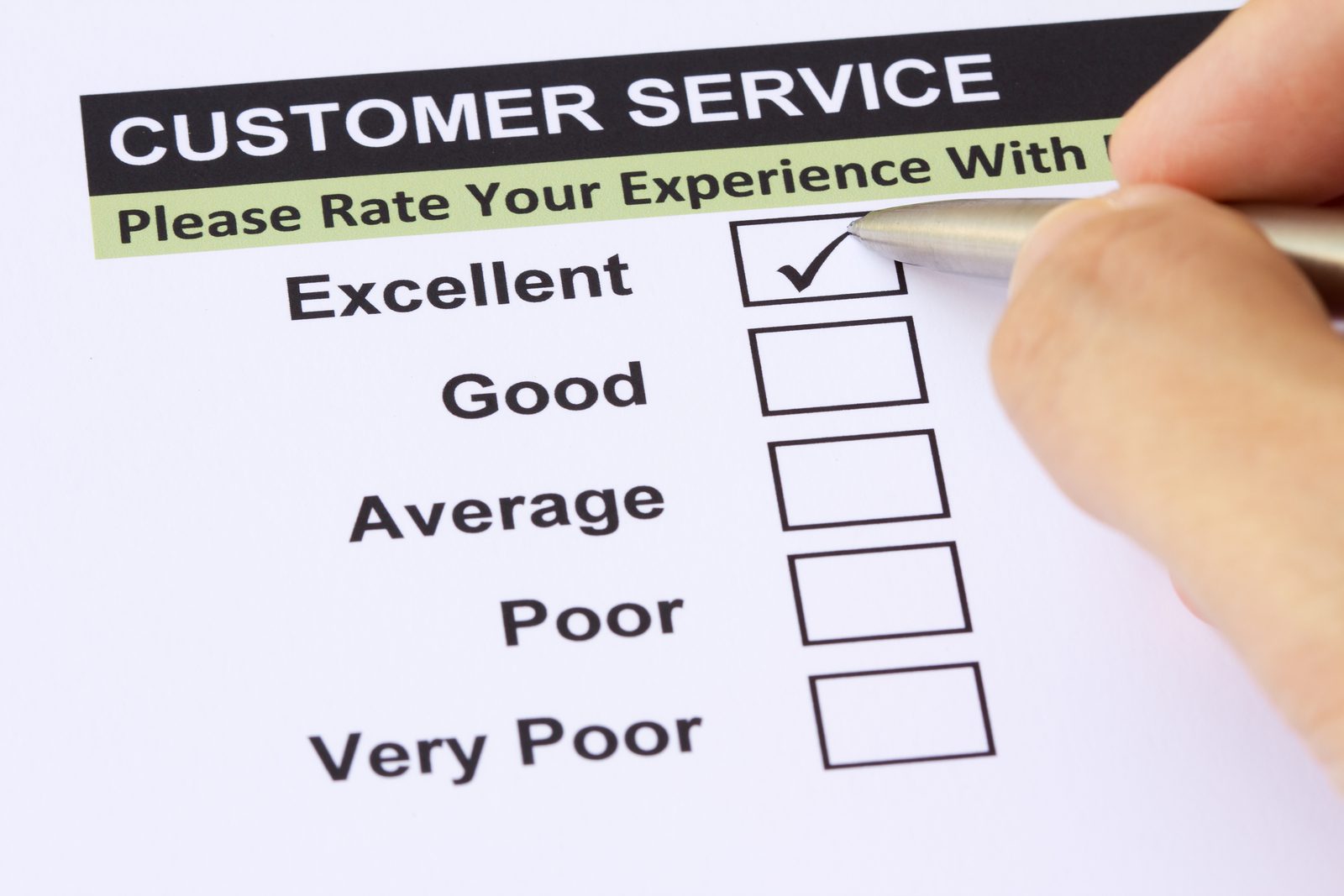Tesla v The Times (or should that be ‘Tesla with The Times’?)
By Sarah Carnovale, New Media Strategist
The current battle between electric motor car start-up Tesla and newspaper behemoth the New York Times is a powerful case study in twenty-first century reputation management.
Here’s a quick summary: Times reviewer John Broder put out a review of Tesla’s Model S car that didn’t show the vehicle in the best light, and Tesla CEO (and PayPal founder) Elon Musk responded with a line-by-line rebuttal on Tesla’s website via its blog, and also via its social media pages in Facebook and Twitter.
The exchange has now descended in to a media war with no end in sight, but this is secondary to the main issue – Tesla’s reputation management was successful and efficient.
New media (blogging, Facebook, Twitter etc) spoke directly to Tesla’s electric vehicle loving base. The story was then picked up by traditional news agencies and flowed down to newspaper, tv and radio.
New media went crazy and it didn’t take long for traditional media to follow.
Moving with the times (nee new media response) gave Tesla the upper hand in a dirty fight against a seasoned campaigner and protected, possibly even enhanced, its reputation in the meantime.
Once upon a time, this could never have happened so quickly and fluently.
In a live interview on internet news site Huff Post Live, former Obama Whitehouse Communications Director Anita Dunn said “There are a lot of different ways to communicate to people, and in the modern world of communication you use as many platforms as you can productively to speak to as many audiences as you can productively.”
Tesla’s harnessing of new media embodies Ms Dunn’s philosophy to great and lasting effect.
Today, reputation management has never been easier. An organisation that seeks to better itself in the eyes of the public needs to open its doors and welcome in the potential buyer, invested stakeholder, interested passer-by, and the apathetic sceptic with the same web-based smile and welcoming grin.
Harnessing your organisation’s online presence via a website and social media gives organisations the opportunity to market, defend and communicate directly with the world at large.
Your organisation’s brand is invaluable and the digital era allows for brand protection and reputation management more than ever before. There are a few simple steps your organisation can take to ensure its digitally ready and enabled to meet and greet reputational challenges that unexpectedly come your way.
Website
When was the last time you checked your organisation website for readability and ease of accessibility to information? Have you considered having your website checked by a company outsider?
As a company matures so too does its priorities, and more importantly so does the priorities of its customers and stakeholders. Your organisation’s website is the first port of call for people wanting to know about your business and it should display your offerings in the best possible light.
Integrating a web content and structure review system will ensure that your organisation is ready to meet the challenges and welcome the successes of today and tomorrow.
Blogging
Does your organisation have a blog? Do the people of your organisation contribute to it? Are they giving a voice and personality to your organisation?
A company blog, with contributions from people at all levels of the tree breathes life in to the online platform, increases trust in your organisation via emotional connectivity, and gives a pathway to ‘right-of-reply’ in the event that your organisation ever needs to defend itself, as was the case with Tesla.
Facebook/Twitter
Facebook is a two-way communication website, an open door to your organisation where you can post photos, competitions, customer feedback, and links back to your organisation’s website. Twitter is the conversation, the signpost on the highway to point people to where you need them to go to market a point of view or product.
Social media tools in general are great for pushing the marketability of your company in positive times, and provide a platform and a proactive voice when you most need it.
New media is not an island
Reputation management is a consolidation of efforts across traditional and digital mediums. Whilst new media is way to speak with target audiences and supporters, traditional media (such as newspaper, radio) is the vehicle to reach mass audiences.
Tesla’s new media commandeering will ensure its brand and integrity remain intact long after the New York Times battle had faded into memory. It’s important for us to remember that the same tools are available and ready at our fingertips.
SC




